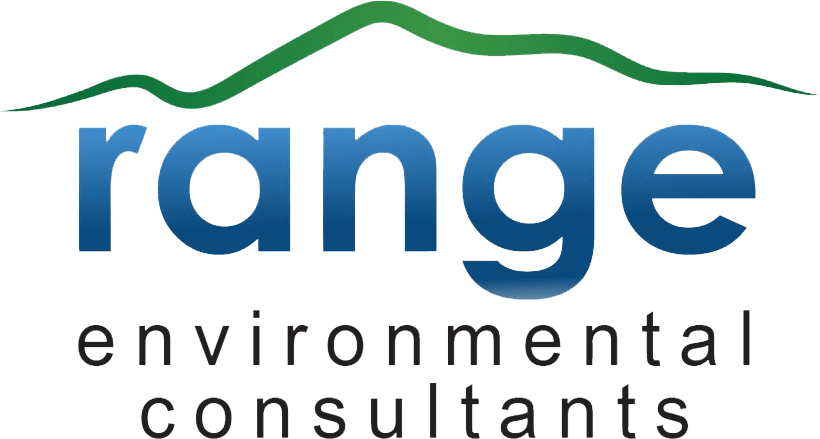Air and Noise
Range Environmental have substantial experience conducting air and noise assessments for a wide range of industries. This includes air quality monitoring and modelling, dust monitoring, noise monitoring, acoustic impact assessments and odour assessments. We have conducted air and noise assessments for music festivals, construction projects, quarries, airports, waste facilities, childcare centres, service stations, intensive animal and horticultural industries, sawmills and pyrolysis plants.
What is your legislative requirement?
Air and noise assessments may be required to be completed as part of an environmental assessment for a Development Application, Environmental Authority or for ongoing compliance monitoring of an existing development or activity. The assessment is undertaken in accordance with all relevant legislation and regulatory requirements. Key method references in Queensland include the Noise Measurement Manual
and the Air Quality Sampling Manual.
Services
- Air Quality Monitoring
- Air Quality Modelling
- Dust Deposition Monitoring
- Noise Monitoring
- Acoustic Impact Assessment
- Road Transport Noise Corridor Assessment (QDC MP4.4)
- Odour Assessment
- Complaint Investigation


